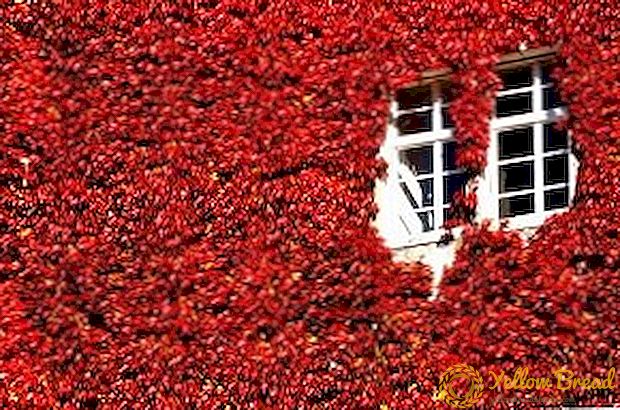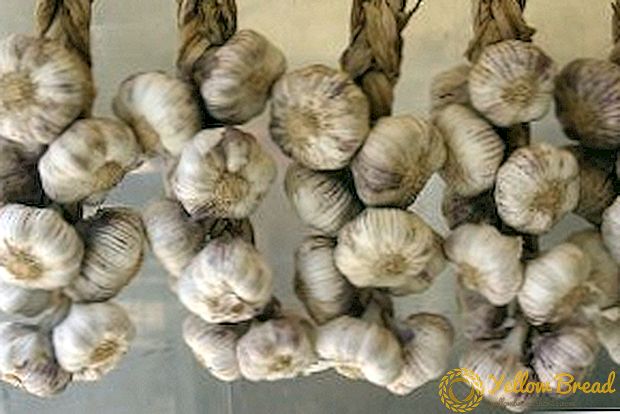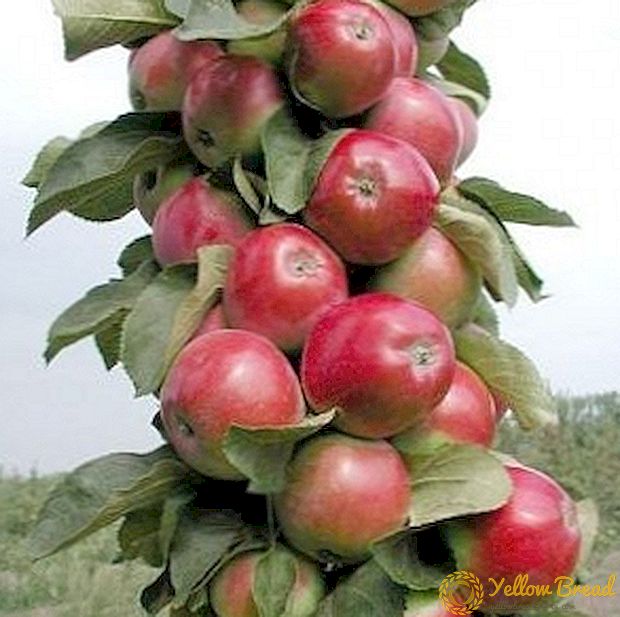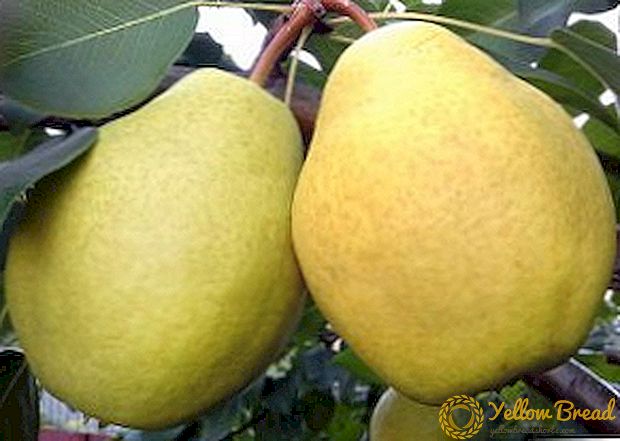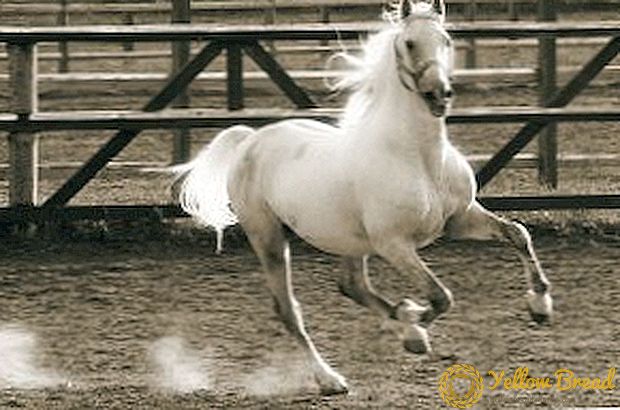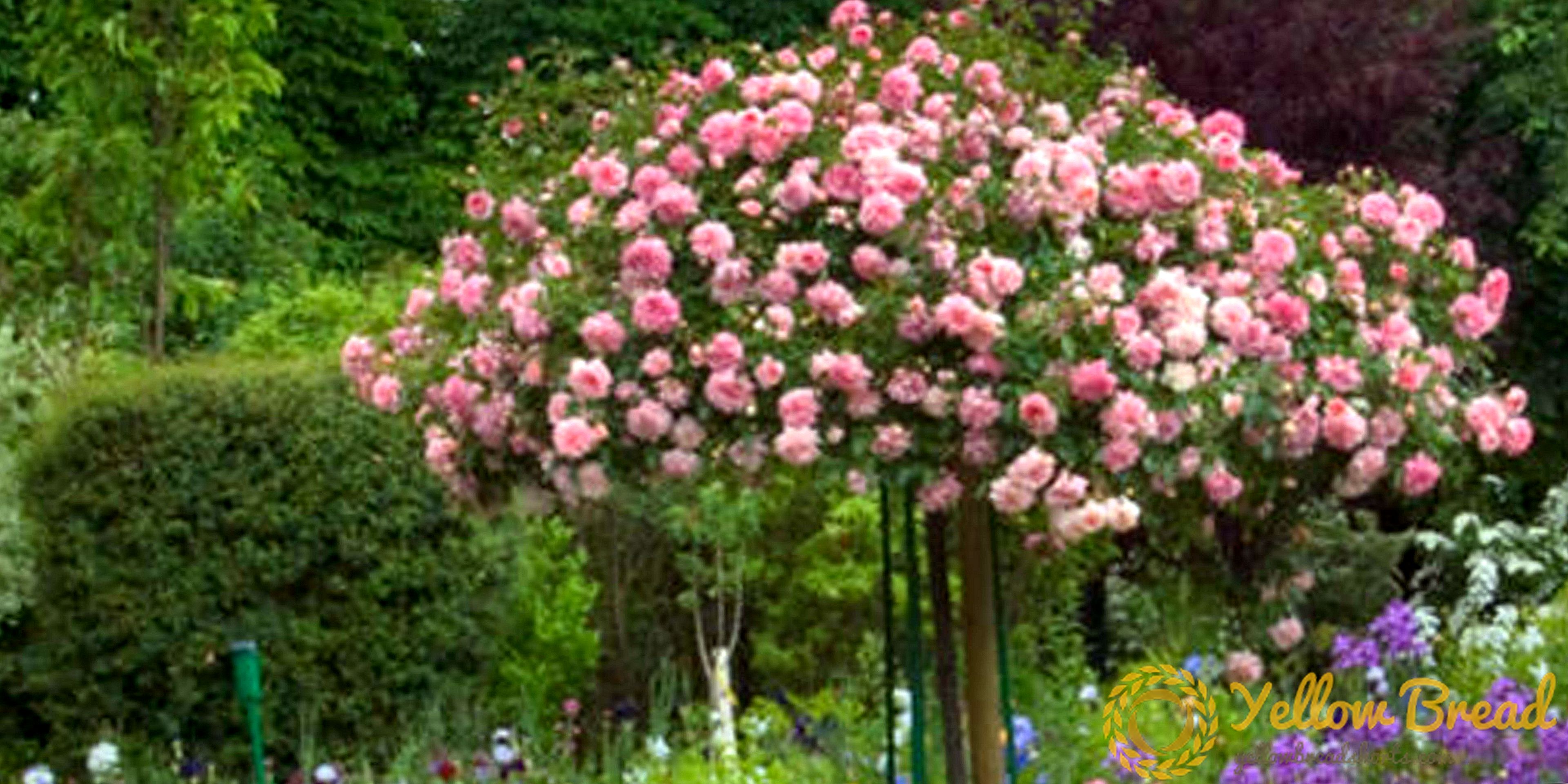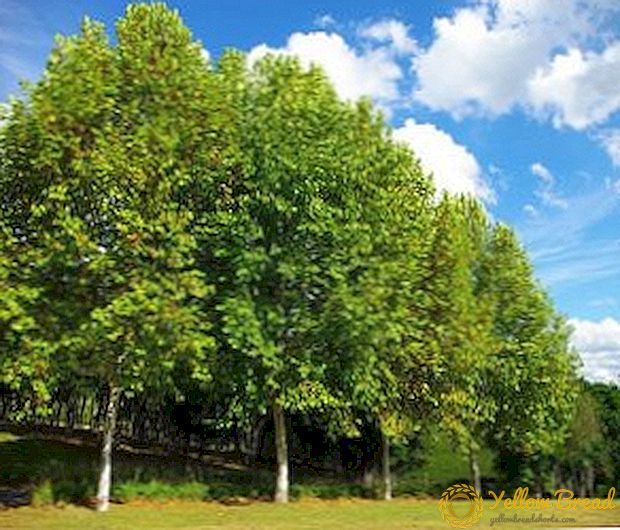 In nature, there are trees that are planted for harvest, and there are those that are used as living decorative ornament.
In nature, there are trees that are planted for harvest, and there are those that are used as living decorative ornament.
The latter can be attributed plane tree, which in the East is called Chinara
- Platanus species
- Growing from seeds in a pot
- Requirements for planting material
- Seed preparation
- Sowing depth
- Conditions and care for crops
- Planting seedlings in open ground
- Optimal timing
- Location selection
- Care Tips
- Watering
- Feedings
- Pruning
- Wintering
- Reproduction by cuttings
- Chinara application
- In landscape design
- In folk medicine
Platanus species
Today there are 10 species of plane trees that grow all over the world. The most popular are the following:
- Ordinary. It is a hybrid of the western and eastern species. It grows up to 40 m. It has a wide trunk and a rounded crown. Most common in Europe and America.
- West. It grows in North America. Refers to deciduous trees. Height - not more than 35 m. Withstands temperatures down to -35 ° C. It needs constant watering, as it does not tolerate drought.
- Oriental. Growing in the Caucasus. Longevity, which is growing rapidly.Edible fruits, they are called chinariki.
- Maple leafwood. An unusually large and majestic tree that grows up to 30 m. It can be grown in temperate climates and tolerates low temperatures well. A distinctive feature is the exfoliation of the bark of different sizes, and as a result of the appearance of spots.
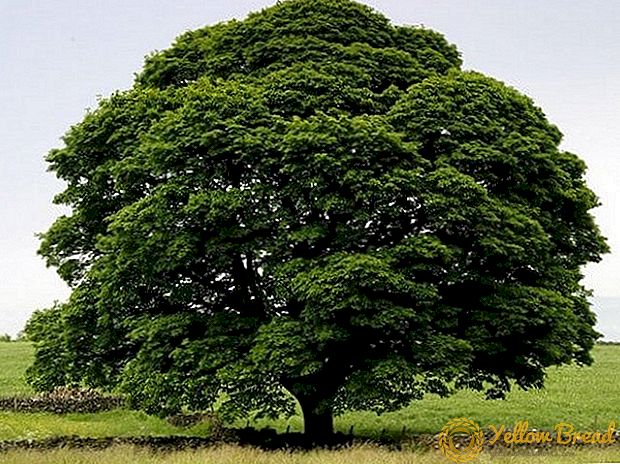
Growing from seeds in a pot
This method is most popular, since in such a state seedlings can be kept in any convenient place, providing them with constant care and observation. This will allow for the appearance of any developmental abnormalities to immediately get rid of the problem without losing the seedling. To make the result positive, you need to know some nuances. 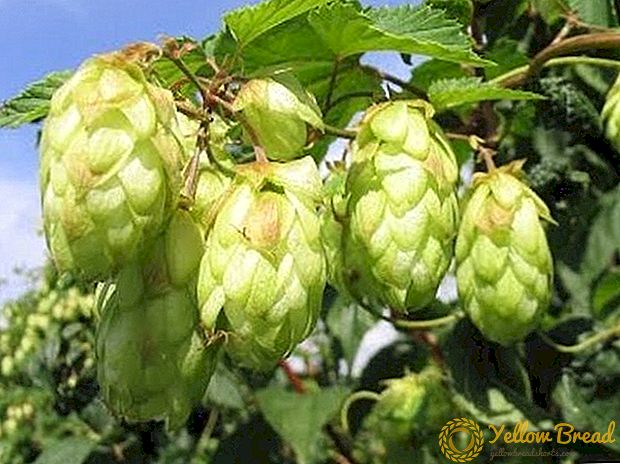
Requirements for planting material
Having made the decision to carry out cultivation by the seed method, it is important to know that, while observing all the rules of storage, the seeds are preservedability to germinate throughout the year.
Seed preparation
Before sowing the seeds need to harden and disinfect. For this, the pre-assembled material is placed in a cotton bag and deepened to 50 cm in the ground. These manipulations are done at air temperature not lower than + 10 ° С. If the temperature is lower, you need to prepare the container, fill it with clean sand and place a bag of seeds there. The container is placed in the basement or other place where the temperature does not fall below 10 ° C.
Sowing depth
After hardening, when the temperature begins to rise, the seeds are removed and prepared for planting. To do this, they are soaked in water for several days, and then the hatching seeds are planted in selected containers in pairs to a depth of 2 cm. 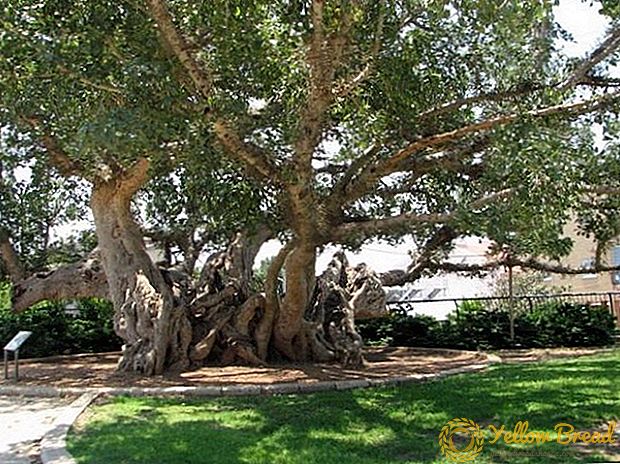
Conditions and care for crops
For good growth, the temperature in the room where the containers with seedlings are located should not be below 25 ° C. Watering is necessary as needed, making sure that the earth does not dry out.During the entire period of seed germination, it is important to ensure that direct sunlight does not fall on the ground and sprouts.
Planting seedlings in open ground
Planting seedlings in the ground does not need to comply with any requirements. Plane is unpretentious to the content of the soil, and this makes it easy for the plant to grow, even for novice gardeners.
Optimal timing
You can plant seedlings in spring and autumn. Regardless of the time of year, compliance with all the rules will allow the tree to fully take root. The main thing is to remember that in the spring it is recommended to plant in the dense ground, and in the fall, on the contrary, in loose. 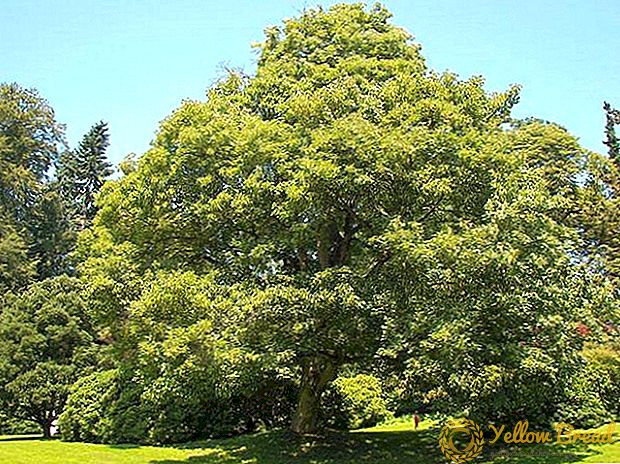
Location selection
It is not recommended to plant the plane tree close to buildings, as a powerful root system can damage communications and even the foundation. The earth should be located on a site where there is a lot of light, as the tree is light-loving
Care Tips
In order that Chinar normally grew and pleased with its beauty,you must follow some simple rules of care, which include soil moistening, fertilization, pruning of excess or damaged branches, and even the creation of conditions for wintering.
Watering
Moisture and light are the main requirements of this plant. Rational watering makes it stand out from the rest of the garden. In dry time, the amount of water should be greater. Only in this case, the growth will not slow down and the leaves will be green.
Feedings
Mineral feeding for these giants is important only at a young age. This should be resorted to only when the ground does not meet the requirements. Substrates well-aerated, rich in mineral and organic elements are introduced into the ground. Perfect option - use universal complex fertilizers, the main thing is not to overdo it. 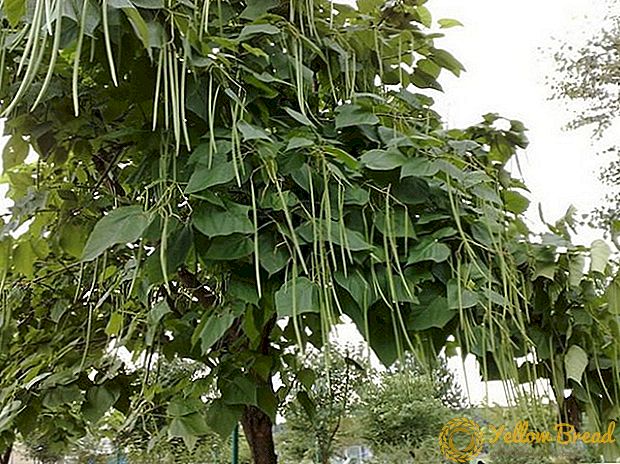
Pruning
Western sycamore and other species are quite thermophilic; nevertheless, they endure the cold just as well. To obtain a tree with a spherical crown is required to carry out pruning, and even large branches, if they are knocked out of the big picture.
Wintering
For a successful wintering of the tree, it is important to worry about the mulch, which may consist of coniferous branches, sawdust or leaves. They are poured around a tree trunk, creating a mound of up to 30 cm.
Reproduction by cuttings
This breeding method is complicated but possible. Billets carried out as follows:
- At the end of the leaf fall, cuttings of 40 cm in length are cut; the branches should be at least 2 cm thick.
- Collect them in small bunches and place in a bucket of water.
- Put it in a cool place until spring.
- After the buds swell, the branches are planted in a permanent place.
- Recessed cutting 2/3 of the length. The ground part is tilted at 45 °.
- Carefully water and wait for rooting.
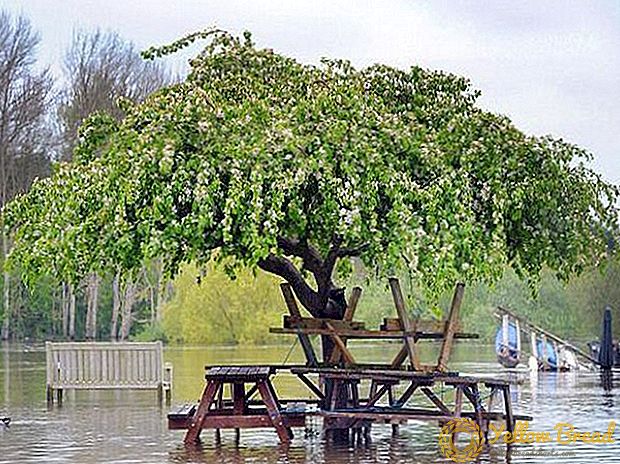
Chinara application
Previously, plane tree was used only to create a shadow under the scorching sun. Today, its wood is valued in the interior design of cars, furniture and many other items, and even as a medicine in traditional medicine.
In landscape design
Plane is used as decoration of parks, gardens and squares.He not only creates a large area of shadow, which is formed under her crown, but also decorates any area. The main thing when choosing a species is to measure the size of the ground and the future height of the tree.
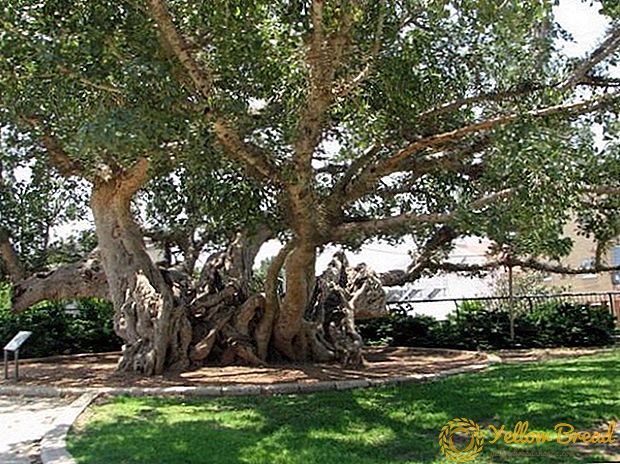
In folk medicine
Chinaru is used as a hemostatic, analgesic and anti-inflammatory agent. For example, decoction of the roots is used as a remedy for diarrhea. For this you need to take the bark of young tree trunks. Infusion of leaves is used for conjunctivitis. Consider a few recipes that describe the use of Oriental plane tree:
- To stop bleeding, 10 g of pre-chopped roots pour 100 ml of boiling water. Put for 20 minutes in a water bath. At the end of time, filter and add water to the original volume. Accept the received means on 30 ml several times a day.
- As an anticancer, the following composition is prepared: 10 g of ground bark is combined with 100 ml of boiling water. Insist 2 hours, and then filtered. Take half a cup three times a day.
- For various intestinal infections take 150 ml 3 times a day the following remedy: 10 g of bark, 10 ml of vinegar and 150 ml of water are mixed. Boil for 5 minutes, then insist 60 minutes and filter.
- For eye problems, a product is prepared from 30 g of dry, pre-crushed leaves and 300 ml of boiling water. All mixed and insist 2 hours. At the end of time, filter and use for washing.

